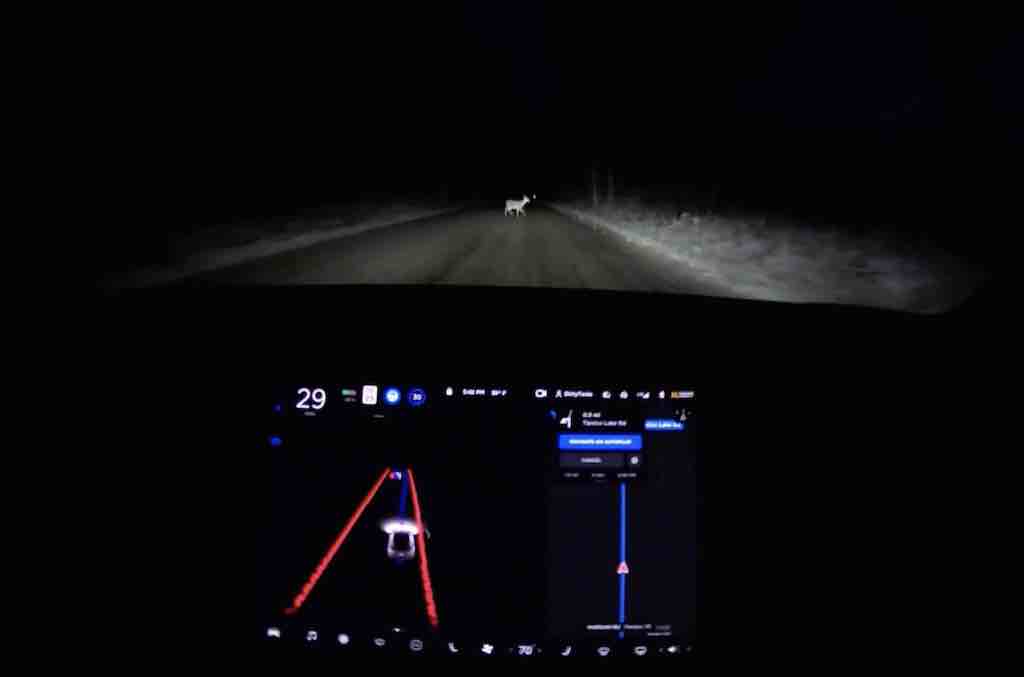Tesla’s autonomous driving system (FSD) continues to improve at a surprising rate. The latest videos from select owners who are getting a chance to test drive the newest beta FSD update showcase customization capabilities of the latest Tesla technology that make a significant difference to competing systems in development.
The information that Artificial Intelligence is absorbing every day, thanks to an army of loyal followers who do the work of testers at zero cost, allows the Palo Alto brand to grow exponentially in experience and ‘wisdom’ its autonomous driving system.
The casuistry to which each driver is exposed due to their mobility needs is difficult to reproduce in a laboratory in its entirety, nor its entirety by a team of professional test pilots. Controllable test environments don’t always match the day-to-day lives of hundreds of thousands of people who drive on all types of roads.
While Waymo has spent years working with its fleet of robotaxis in carefully controlled environments to ensure safety, Tesla trains its neural network through Machine Learning enriched by the data of hundreds of thousands of drivers daily.
FSD beta in action under adverse conditions
This learning philosophy allows testing the system’s limits in conditions where few would think that a car should be used in ‘autopilot’ mode
The last video to come to light shows precisely this previous circumstance. A driver in a Tesla with an FSD beta version is driving in conditions that are certainly challenging for any autonomous driving system.
In the images, we can see how the Tesla Model 3 of the YouTuber Dirty Tesla circulates at night, on a muddy road that looks more like a dirt road than a well-paved highway. During its journey, there are no lines on the road or vertical signs, except at the final intersection where there is a stop sign (which the car respects completely autonomously).
As if this were not enough, the weather is not good since abundant snow can be seen on both sides of the road and in parts of the road in the video’s final minutes.
What is truly interesting about the images is the appearance of animals crossing the road at night. By detecting the deer or roe deer, the vehicle (traveling at low speed) can calculate the alternative path as the animal crosses the road.
You can see the different paths to be followed by the electric car as the deer moves during the sequence. The Autopilot is equipped with FSD betas capable of varying the vehicle’s trajectory in real-time, avoiding running over the mammal.
It should be noted how, without the need for Lidar systems, from minute 1:30 of the video, you can see the ability to see the surroundings of the Tesla Model 3, which manages to identify the existing containers on the sides of the road and adjacent streets, under unfavorable visibility conditions.

